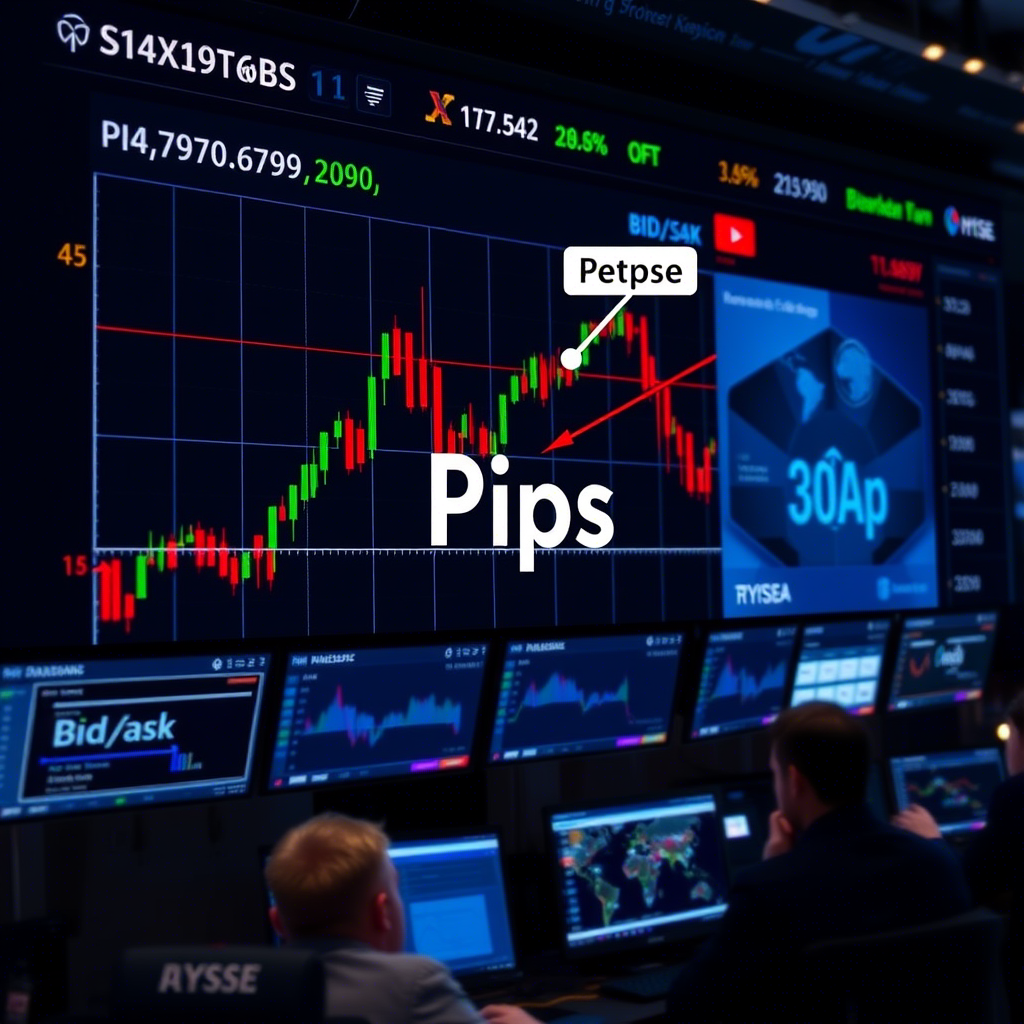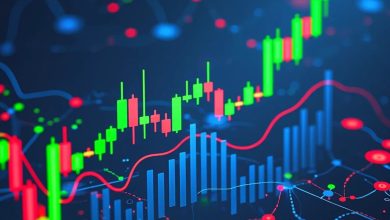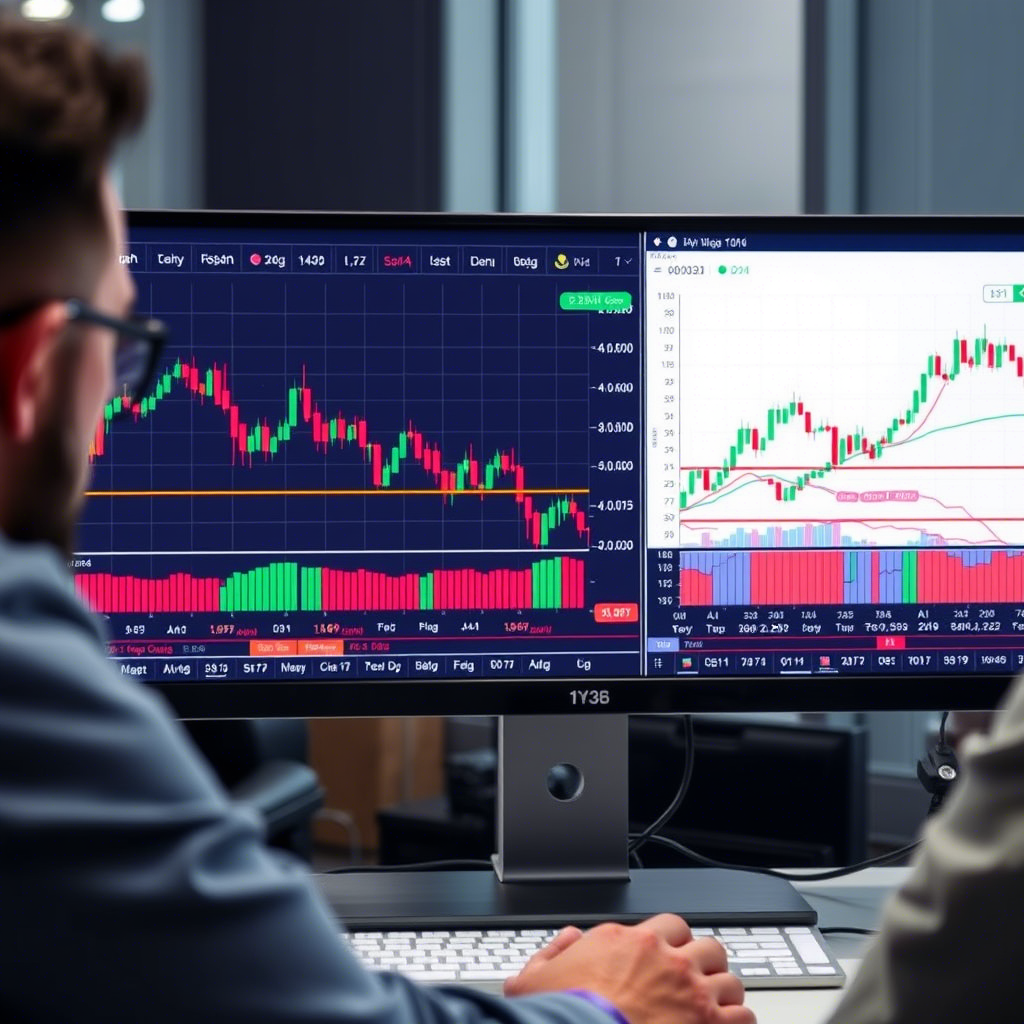Understanding Supply and Demand in Forex Trading: A Trader’s Guide

What Are Supply and Demand in Forex?
Supply and demand are the core forces that determine the price of any asset, including currencies. In forex, supply refers to the amount of a currency available in the market, while demand reflects how much traders, investors, or institutions want to buy that currency. When demand for a currency exceeds its supply, its value rises. Conversely, when supply outpaces demand, the currency’s value falls.
The forex market, with its $7.5 trillion daily trading volume, is a dynamic arena where supply and demand interact constantly. Central banks, governments, corporations, and individual traders all influence these forces, creating price movements that traders aim to capitalize on.
Why Supply and Demand Matter in Forex Trading
Understanding supply and demand is crucial for forex traders because they directly impact currency prices. By analyzing these forces, you can:
-
Predict Price Movements: Identify whether a currency is likely to appreciate or depreciate.
-
Spot Trading Opportunities: Find entry and exit points based on imbalances in supply and demand.
-
Understand Market Sentiment: Gauge whether traders are bullish or bearish on a currency.
-
Align with Fundamentals: Connect price action to economic events like interest rate changes or trade balances.
Mastering supply and demand gives you a foundational edge in navigating the forex market.
How Supply and Demand Work in the Forex Market
Let’s break down the mechanics of supply and demand in forex and how they shape currency prices.
1. The Role of Supply
The supply of a currency is influenced by several factors:
-
Central Bank Policies: When a central bank prints more money (quantitative easing), it increases the currency’s supply, often weakening its value.
-
Government Actions: Issuing bonds or selling foreign reserves can adjust a currency’s availability.
-
Market Participation: If many traders sell a currency (e.g., USD), its supply in the market rises, potentially lowering its price.
For example, if the European Central Bank (ECB) floods the market with euros, the euro’s supply increases, which could depress its value against currencies like the US dollar.
2. The Role of Demand
Demand for a currency is driven by:
-
Economic Strength: Strong GDP growth, low unemployment, or high consumer confidence attracts investment, boosting demand for a currency.
-
Interest Rates: Higher interest rates draw foreign investors seeking better returns, increasing demand for the currency.
-
Global Trade: Countries with strong exports often see higher demand for their currency as foreign buyers convert funds to pay for goods.
For instance, if the US Federal Reserve raises interest rates, demand for the US dollar may rise as investors seek higher-yielding assets.
3. Price Equilibrium and Imbalances
Supply and demand seek a balance, or equilibrium, where the price stabilizes. However, imbalances create price movements:
-
Excess Demand: When more traders want to buy a currency than sell it, the price rises (bullish trend).
-
Excess Supply: When more traders sell a currency than buy it, the price falls (bearish trend).
Traders use these imbalances to identify trends or reversals, often visible on price charts as support and demand zones.
Factors Influencing Supply and Demand in Forex
Several external factors shape the supply and demand dynamics for currencies. Understanding these helps traders anticipate market shifts.
1. Economic Indicators
Key data releases influence market sentiment:
-
GDP Growth: Strong growth signals a healthy economy, increasing currency demand.
-
Inflation: Moderate inflation can boost demand, while high inflation may weaken a currency.
-
Employment Data: Low unemployment often strengthens a currency by attracting investment.
2. Central Bank Policies
Central banks, like the Federal Reserve or Bank of Japan, play a massive role:
-
Interest Rate Decisions: Rate hikes increase demand; cuts reduce it.
-
Monetary Policy: Tightening (less money supply) strengthens a currency; easing (more supply) weakens it.
-
Intervention: Direct buying or selling of a currency to influence its value.
3. Geopolitical Events
Political stability or turmoil can sway supply and demand:
-
Elections or Policy Changes: Uncertainty may reduce demand for a currency.
-
Trade Agreements: Favorable trade deals can boost demand by enhancing economic prospects.
-
Conflicts: Geopolitical tensions often lead to safe-haven demand for currencies like the US dollar or Swiss franc.
4. Market Sentiment
Traders’ collective behavior drives short-term supply and demand:
-
Speculation: Large-scale buying or selling by hedge funds or institutions can shift prices.
-
Risk Appetite: In risk-on environments, traders favor high-yield currencies (e.g., AUD); in risk-off, safe havens dominate.
Using Supply and Demand in Forex Trading
Traders can leverage supply and demand principles to develop effective strategies. Here’s how to apply them.
1. Identifying Supply and Demand Zones
On price charts, demand zones are price levels where buying interest (demand) is strong, often acting as support. Supply zones are areas of heavy selling (supply), acting as resistance. To identify them:
-
Look for areas where prices reversed sharply after consolidation.
-
Use tools like candlestick patterns or volume indicators to confirm.
-
Mark zones on higher timeframes (e.g., daily or weekly) for reliability.
Enter trades when prices approach these zones, expecting a bounce (demand) or rejection (supply).
2. Trading Breakouts
When prices break through a supply or demand zone, it signals a shift in balance:
-
Break of Supply Zone: Indicates strong demand, suggesting a bullish move.
-
Break of Demand Zone: Suggests excess supply, pointing to a bearish trend.
Use breakout strategies with confirmation (e.g., high volume or news catalysts) to avoid false signals.
3. Combining with Fundamental Analysis
Align supply and demand zones with economic events:
-
If a central bank hikes rates, look for demand zones in that currency for buy opportunities.
-
During economic downturns, supply zones in weaker currencies may offer shorting setups.
This blend of technical and fundamental analysis enhances accuracy.
Tips for Trading with Supply and Demand
To maximize your success, follow these practical tips:
-
Use Multiple Timeframes: Confirm zones on higher timeframes for stronger signals.
-
Practice Patience: Wait for price to reach key zones rather than chasing trades.
-
Monitor News: Stay updated with an economic calendar to anticipate supply/demand shifts.
-
Test Strategies: Use a demo account to practice identifying zones and trading setups.
-
Manage Risk: Set stop-losses below demand zones (for buys) or above supply zones (for sells) to limit losses.
Common Mistakes to Avoid
Avoid these pitfalls when trading based on supply and demand:
-
Ignoring Fundamentals: Technical zones alone aren’t enough; economic context matters.
-
Overcomplicating Charts: Focus on a few clear zones to avoid confusion.
-
Neglecting Risk Management: Always use stop-losses and risk only 1-2% per trade.
-
Trading Weak Zones: Prioritize zones with strong historical reversals for reliability.
-
Chasing Breakouts: Wait for confirmation to avoid losses from false breakouts.
Tools to Enhance Supply and Demand Trading
Leverage these tools to improve your analysis:
-
Trading Platforms: MetaTrader 4/5 or TradingView for charting and zone marking.
-
Indicators: Volume, RSI, or Fibonacci retracements to confirm zones.
-
Economic Calendars: Websites like Forex Factory for tracking high-impact events.
-
Journals: Log trades to analyze how zones perform over time.
Conclusion
Supply and demand are the heartbeat of the forex market, driving every price movement in currency trading. By understanding these forces, identifying key zones, and aligning your strategy with economic fundamentals, you can unlock profitable trading opportunities. Start by practicing in a demo account, focusing on high-probability setups, and staying disciplined with risk management. Whether you’re a beginner or an experienced trader, mastering supply and demand will give you a powerful edge in the forex market. Dive in today and start trading smarter!




